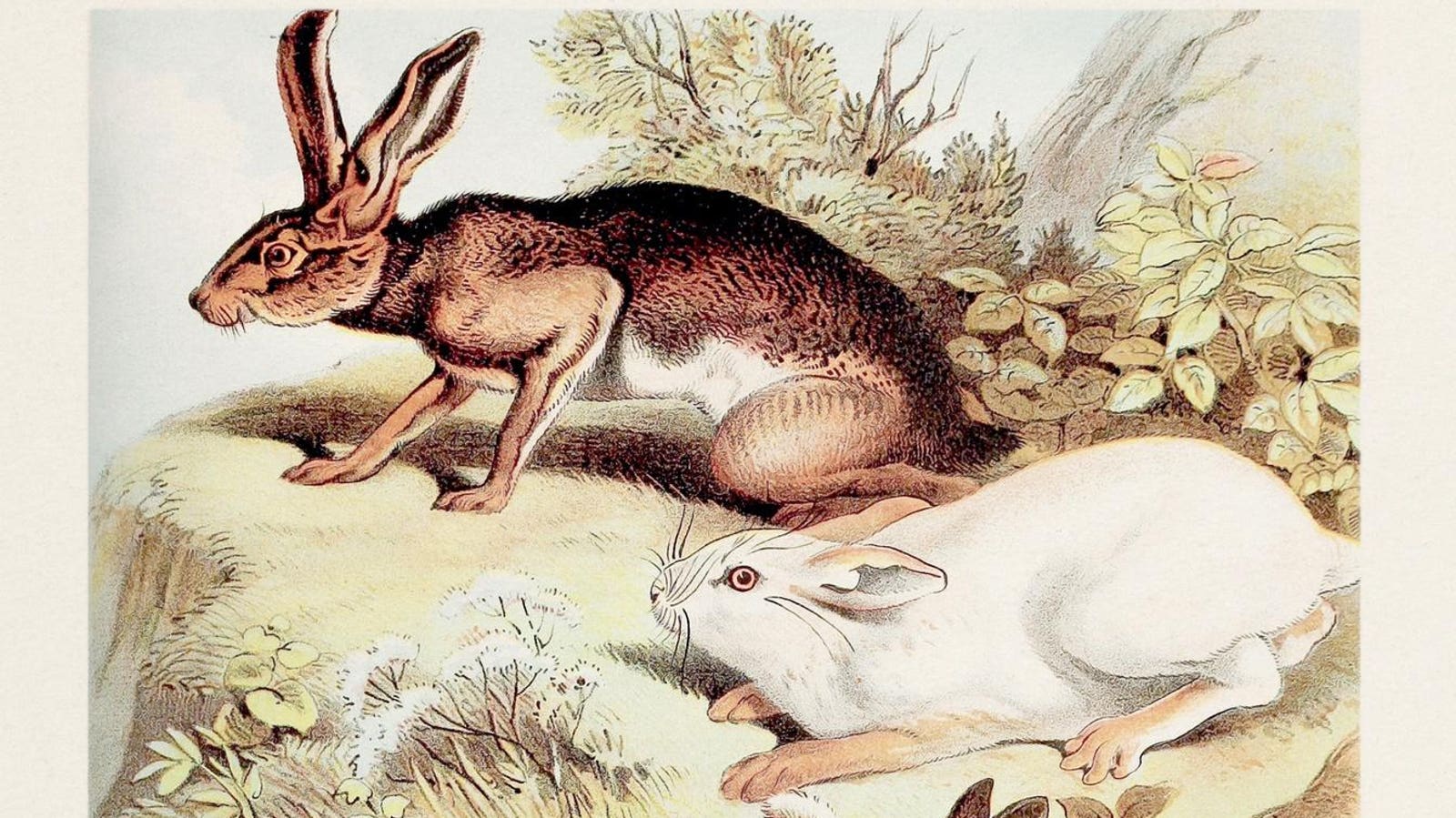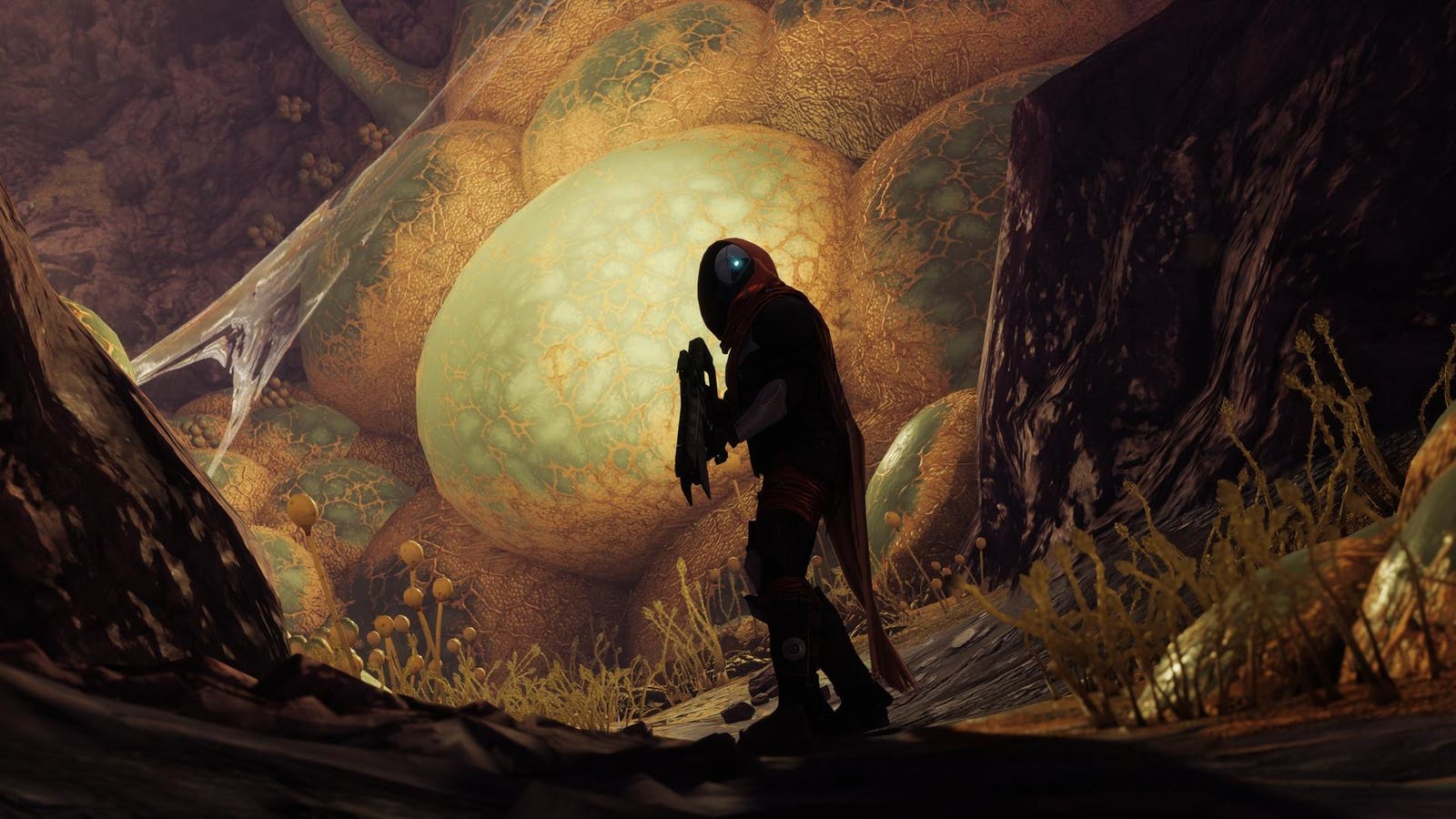Distinguishing closely related animal species can sometimes feel like an exercise in semantics. But … More
In the past half century, scientists have made significant strides in accurately mapping the tree of life. Take the orca, for example. Orcas have long been classified as one widespread species with multiple subpopulations. However, new research suggests that some of these subpopulations may be different enough to warrant reclassifying them as distinct mammal species.
Advances in genetic testing is one of the key reasons why the tree of life is much better understood today than it was even twenty or thirty years ago. Better genomic sequencing technologies enable scientists to quickly identity the degree of evolutionary divergence and the relationships among lineages on the tree of life, which allow us to better classify them.
These distinctions, though they may sometimes feel overly granular and unnecessary, are actually quite important. For one, they allow scientists to more precisely study the process of evolution. Having good data on the time sequence of genetic differentiation can help scientists answer questions like “How long does it take one species to evolve into another?” or “What environmental factors accelerate, or slow down, the process of evolution?” This knowledge enhances our understanding of speciation and extinction in the animal kingdom.
Here are four pairs of closely related animals that non-experts might consider interchangeable — and the biological reason why they deserve their own name. It’s important to remember that common names don’t always reflect our evolving understanding of an organism’s place in the tree of life.
Hares Versus Rabbits
Don’t let the name fool you, this jackrabbit isn’t a rabbit at all, but a hare (genus Lepus), with … More
Hares and rabbits are both members of the Leporidae family, but they have distinct physical traits and behaviors that set them apart. Most lineages within this family have traditionally been called rabbits, while the term hares is usually applied to just one genus, Lepus. However, these common names can be deceptive, as there are some exceptions. For instance, the Asian hispid hare (Caprolagus hispidus) is actually a rabbit, while American jackrabbits (genus Lepus) are actually hares.
Both animals are known for their powerful hind legs and long ears, which help them evade predators. However, hares are generally larger than rabbits and have longer legs and ears. Hares are also born fully furred and with their eyes open, a trait called precocial, whereas rabbits are born hairless, blind, and vulnerable, needing more parental care in the early stages of life. Hares tend to live in open fields or meadows and are solitary, while rabbits are more social and often live in burrows or warrens, which provide protection from predators. Their differing habitats and life strategies are a key reason for their distinct names, as these adaptations reflect divergent evolutionary paths and survival mechanisms.
(Sidebar: In 1859, 24 rabbits “colonized” a new continent — here’s their story.)
Hares are built for speed and agility, capable of outrunning most predators with powerful, long jumps. Their solitary nature and preference for open spaces contrast with rabbits’ social structures and burrowing behavior. Evolutionarily, hares and rabbits diverged to occupy different ecological niches, leading to distinct physical characteristics and behaviors.
Buffalo Versus Bison
Despite their common name, American bison aren’t true buffalo.
Buffalo and bison are both large, herbivorous mammals, often confused due to their similar appearances. However, they belong to different species and even distinct genera. True buffalo are native to the old world, which include the African buffalo and the Asian water buffalo. In contrast, bison are native to North America and Europe. The bison’s large, hump-like shoulder, shaggy fur, and thick mane distinguish it from the smoother-coated buffalo.
True buffalo also have more pronounced, curved horns, while bison’s horns are shorter and more squared off. Despite their shared “buffalo” moniker, these physical differences highlight their adaptation to different environments, from the open plains of North America to the grasslands and wetlands of Africa and Asia.
(Sidebar: Today’s bison are small compared to the extinct giant bison — a colossal species that once roamed North America during the Pleistocene. Learn more here.)
While both animals are large and social, their habitats and behaviors also differ significantly. Bison are typically found in North American grasslands, where they form large herds that graze on grasses, while buffalo are more commonly associated with tropical or subtropical climates, grazing in wetlands or forests. Bison have adapted to colder climates with thicker coats and a tendency to migrate in herds for protection, while buffalo are more accustomed to warmer environments. The distinct differences in their evolutionary history, physical traits, habitat preferences and behavior are sufficient to warrant different names.
Dolphins Versus Porpoises
With its sleek body and pronounced beak-like snout, the bottlenose dolphin exemplifies the physical … More
Dolphins and porpoises are both marine mammals in the order Cetacea, but they belong to different families — dolphins are part of the Delphinidae family, while porpoises belong to the Phocoenidae family. One of the most notable differences between the two is their physical appearance. Dolphins tend to have a more streamlined body and a prominent, beak-like snout, while porpoises are generally smaller, stockier, and have a more rounded, blunt snout. Dolphins are often known for their playful behavior, acrobatic displays, and social interactions, whereas porpoises are more reserved and tend to avoid human interaction.
Some species, like the common bottlenose dolphin, are widespread and globally distributed. Others are restricted to small geographic regions and face serious conservation threats. For example, the vaquita, a porpoise found only in the Gulf of California, is the world’s smallest and most endangered living cetacean.
Their differences in social structure and behavior play a crucial role in their survival strategies and ecological niches, with dolphins often occupying more coastal or open-water areas and porpoises preferring quieter, more sheltered habitats. Although both are intelligent and of a similar appearance, their unique behaviors and physiological traits make them deserving of separate names, as these distinctions highlight their evolutionary divergence and specialization.
Crows Versus Ravens
Common ravens, pictured here, are distinguished from crows by their larger size, wedge-shaped tails, … More
Crows and ravens are both members of the Corvidae family, known for their intelligence and complex social structures. While they share many similarities, such as their adaptability to various habitats and omnivorous diets, they have key differences that set them apart. Ravens are generally larger, with wingspans reaching up to four feet, while crows are smaller, with a more compact build. Ravens also have a wedge-shaped tail, whereas crows have a fan-shaped tail. Vocalizations are another distinguishing feature; ravens produce a deep, croaking sound, while crows make a higher-pitched “caw.”
Ravens tend to be more solitary or live in pairs, while crows are highly social and often form large flocks. Ravens are more commonly found in remote, rugged areas such as mountains and forests, while crows are more adaptable to urban environments and agricultural areas. While both are highly intelligent and capable of problem-solving, their unique adaptations to various environments and their distinct vocalizations underscore why they are classified as separate.
Are you an animal lover who owns a pet? Take the science-backed Pet Personality Test to know exactly how well you know your little friend.








